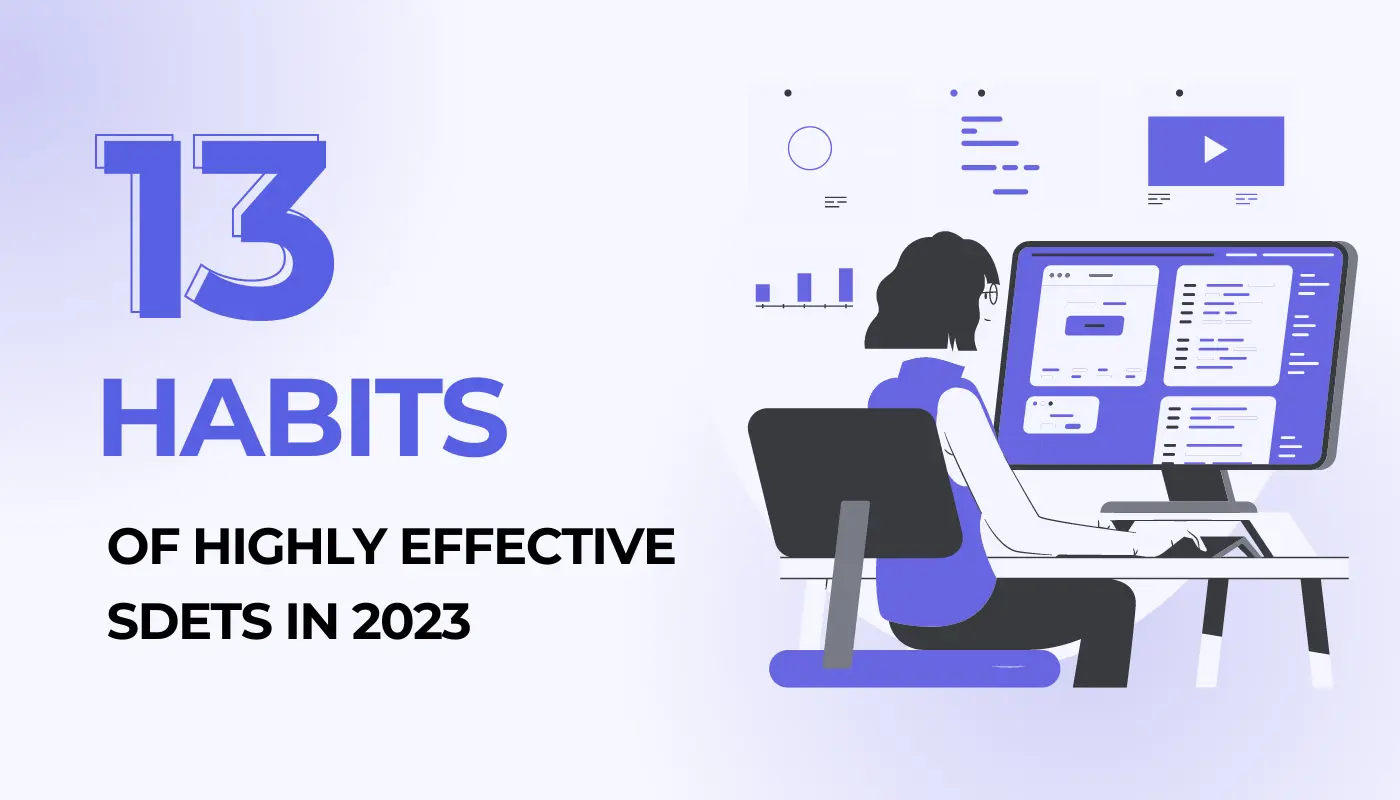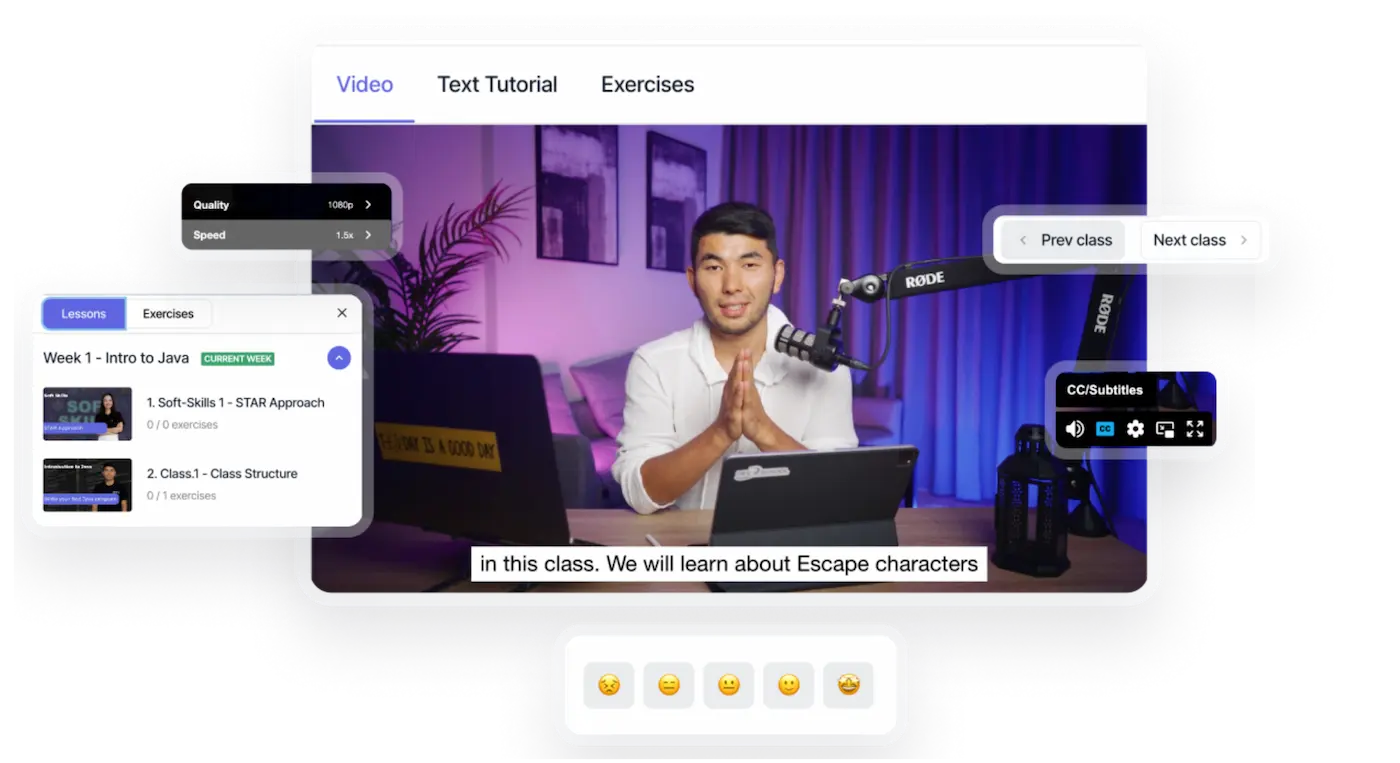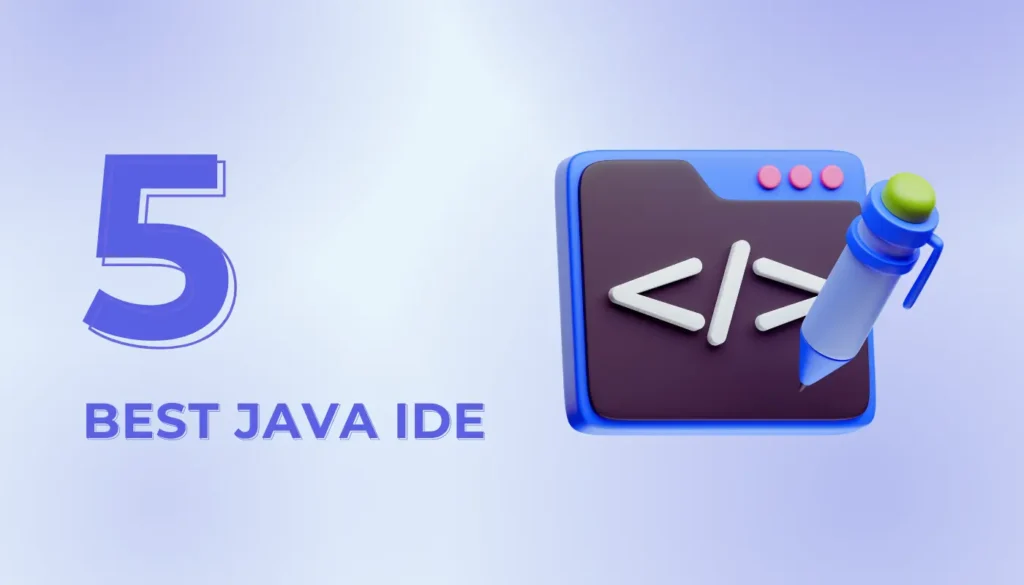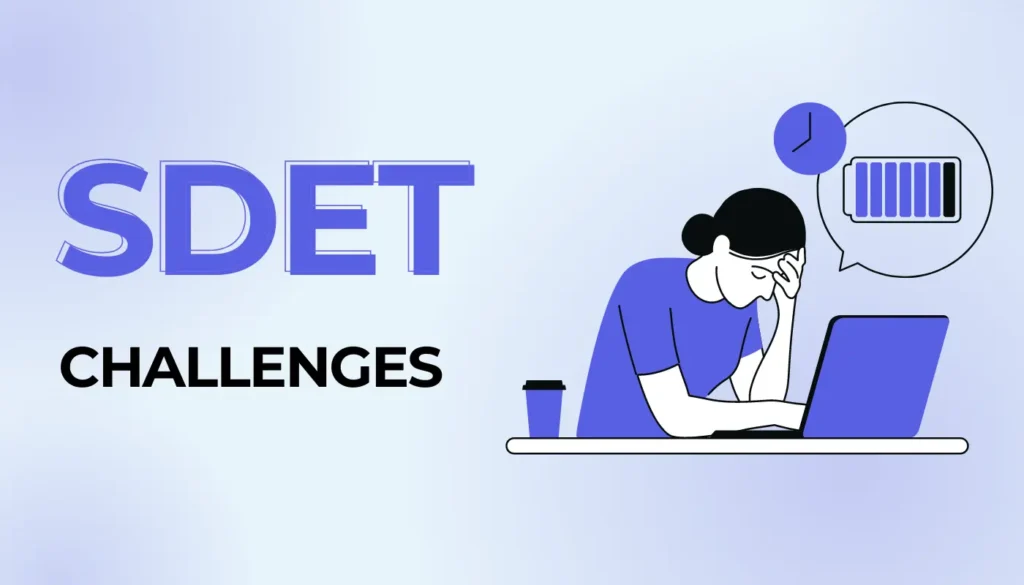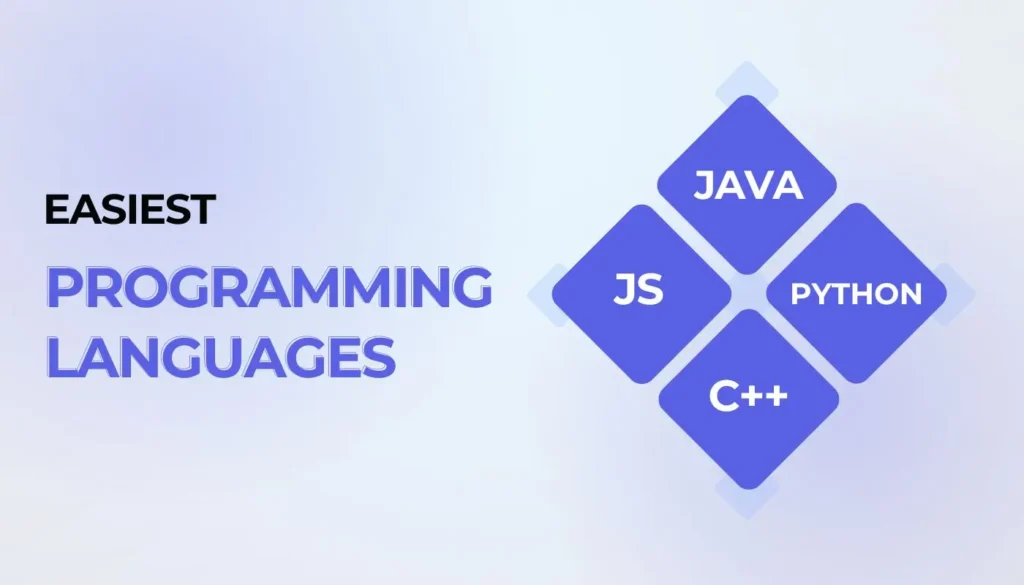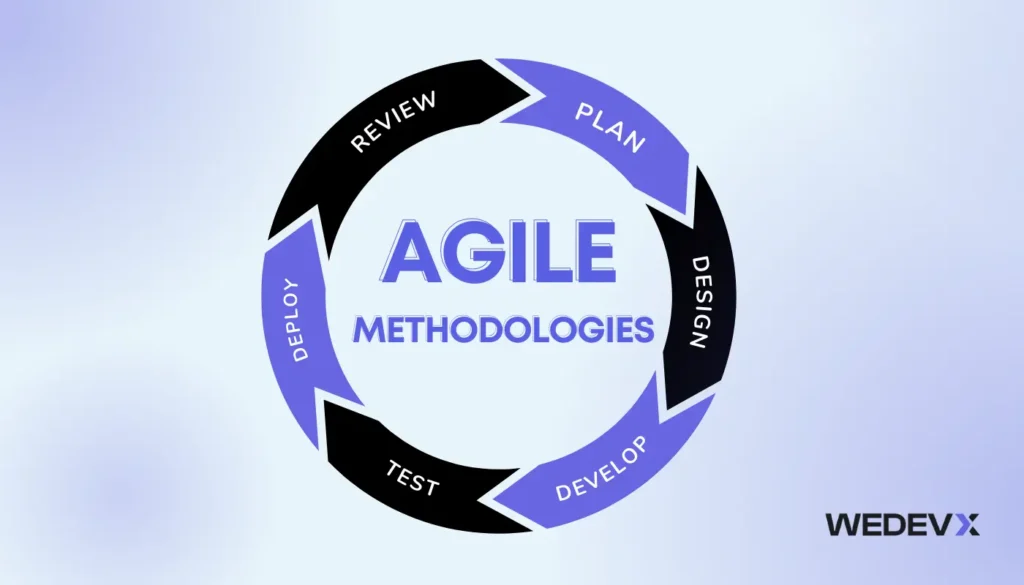Introduction: The SDET's Odyssey
Picture this: a world where software isn’t just a product, but an experience. That’s the world of modern Software Development Engineers in Test (SDETs). They’re the maestros orchestrating the symphony of software quality. As we step into 2023, the realm of SDETs has evolved dramatically. It’s no longer just about identifying bugs; it’s about ensuring the software is a flawless product. Let’s unravel the 13 habits that set apart the crème de la crème of SDETs, making them the masters of this digital symphony.
AI POWERED
CODING PLATFORM
- DEVXAI ASSISTANT
- 300+ CODING EXERCISES
- REAL-LIFE CODING EXERCISES
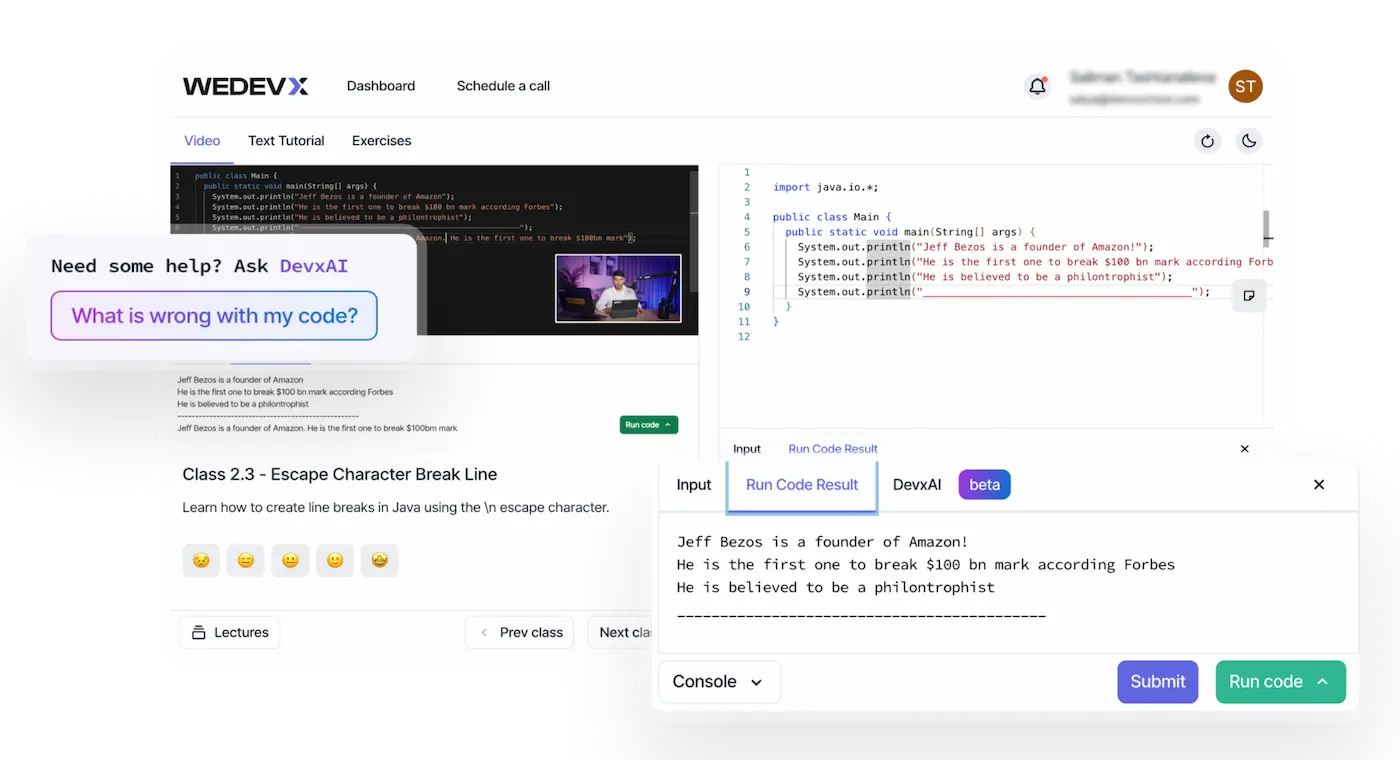
1. Continuous Learning and Skill Development
In the ever-evolving world of technology, being stagnant is like going out of tune. Effective SDETs constantly update their skills, diving into new tools, languages, and methodologies. Platforms like Wedevx, offer courses to keep the SDET professionals ever sharp, because there is nothing scarier than getting outdated in such a line of work. New technologies take time to learn but eventually help in saving time.
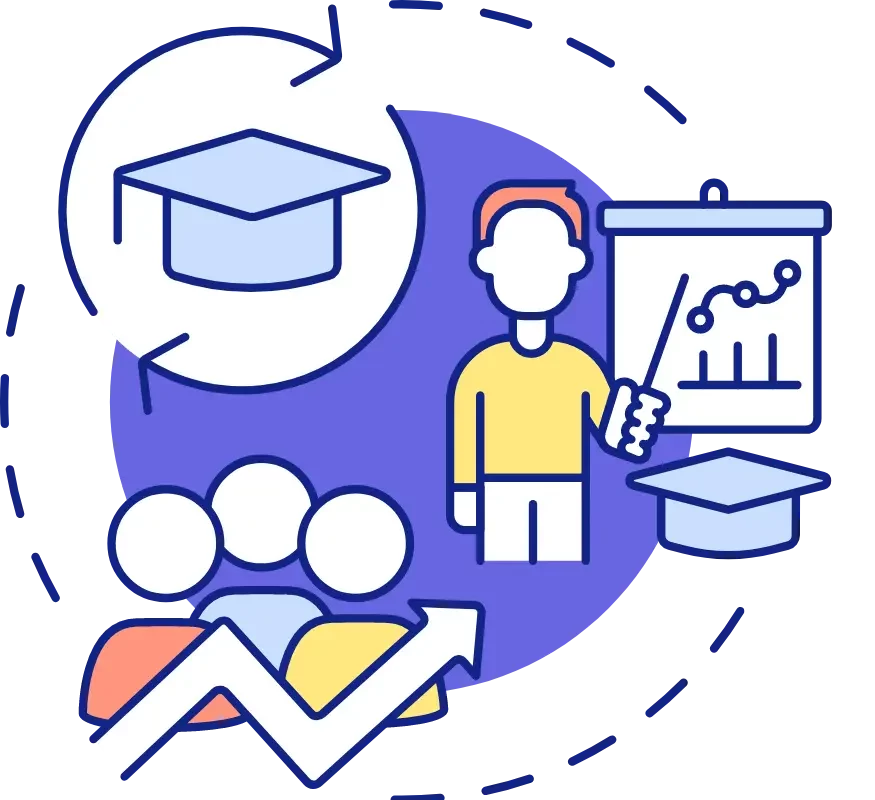
2. Adopting Agile Methodologies
Agile, is the heartbeat of modern software development! The Agile methodology is a project management approach that involves breaking the project into phases and emphasizes continuous collaboration and improvement. Teams follow a cycle of planning, executing, and evaluating. Being in sync with Agile methodologies is vital. Effective SDETs dance to the Agile rhythm, seamlessly integrating into the development team. They embrace collaboration, ensuring testing harmonizes with the development process.
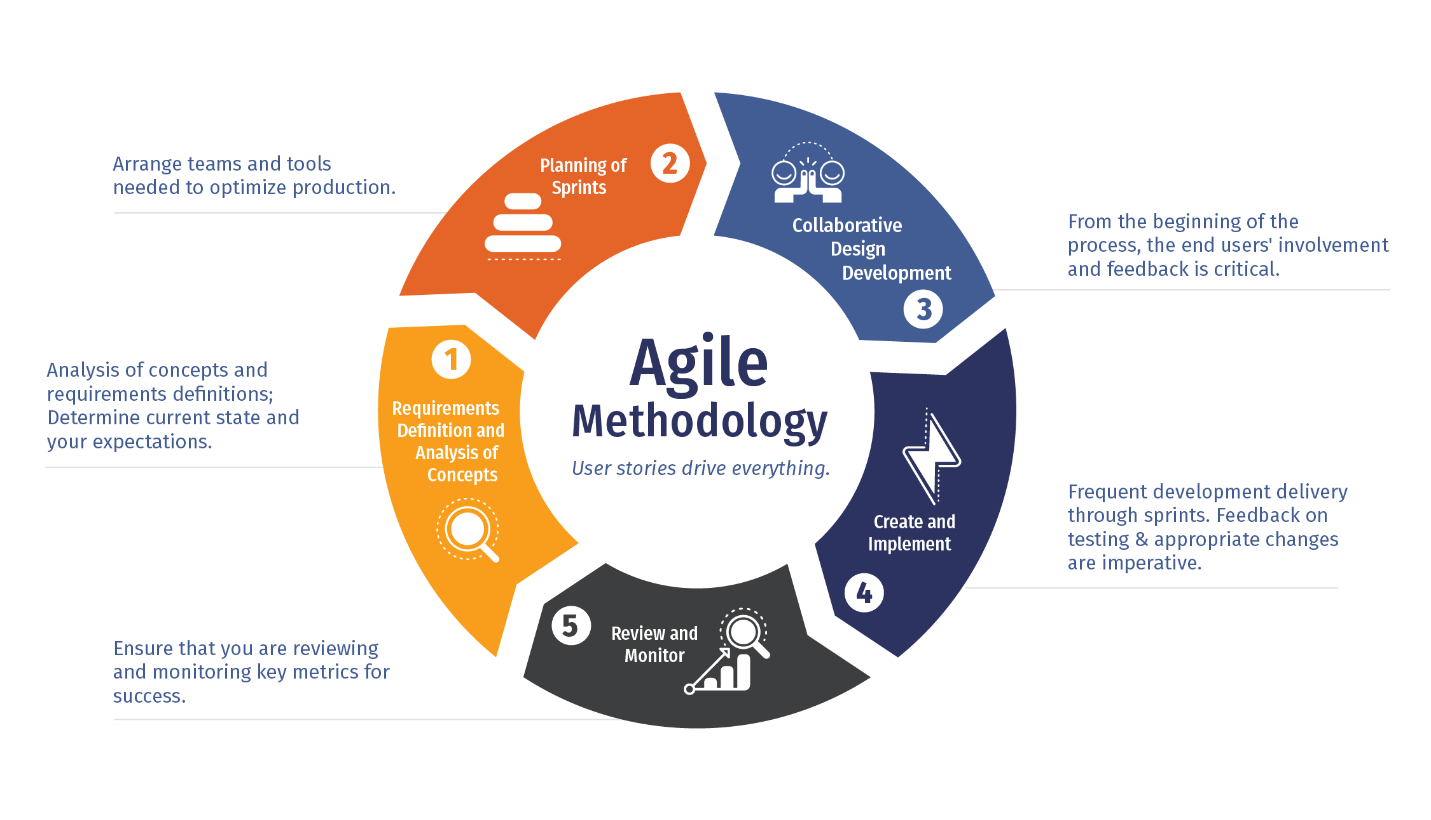
3. Effective Communication and Collaboration
Imagine a band or orchestra without harmony! Effective SDETs are like the band members in perfect sync. They communicate clearly, not just within their testing team but across the entire ensemble of developers, product managers, and designers. Collaboration and coordination keep the melody of software quality in tune. For some embracing their soft skill is a natural thing, but for others, it may require time, significant effort, and an extreme overhaul of how they act and communicate with other people. You can know things, which is vital in such a field of work, but navigating through job interviews, salary negotiations, and communicating with your peers and supervisors is just as important!

4. Automating Repetitive Tasks
Highly effective SDETs understand the value of time and efficiency. To focus on the true essence of testing, they automate repetitive tasks. Through well-crafted scripts and automated processes, SDETs ensure that routine, repetitive actions in the testing process are carried out seamlessly, consistently, and without manual intervention. This automation allows them to allocate their time and efforts more effectively, concentrating on critical aspects of software testing and quality assurance.
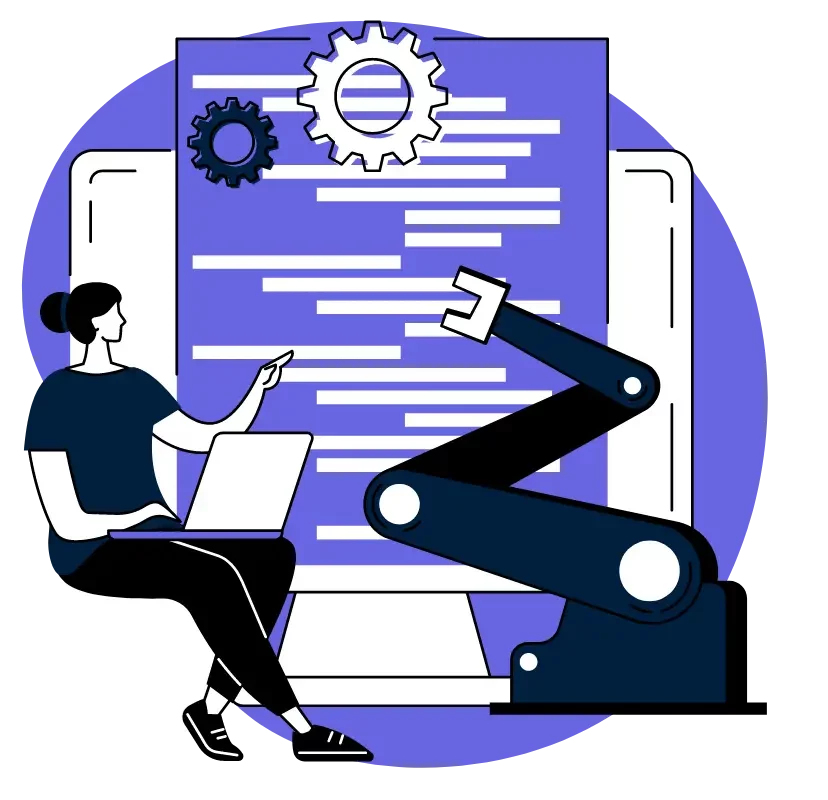
5. Prioritizing and Managing Time Effectively
Time, the metronome of the SDET’s composition! Effective SDETs are masters of their time. They prioritize their tasks, ensuring the most critical notes of testing get the spotlight first. They understand that effective time management is the key to a well-composed software piece. Don’t mess around with deadlines, nobody likes that.
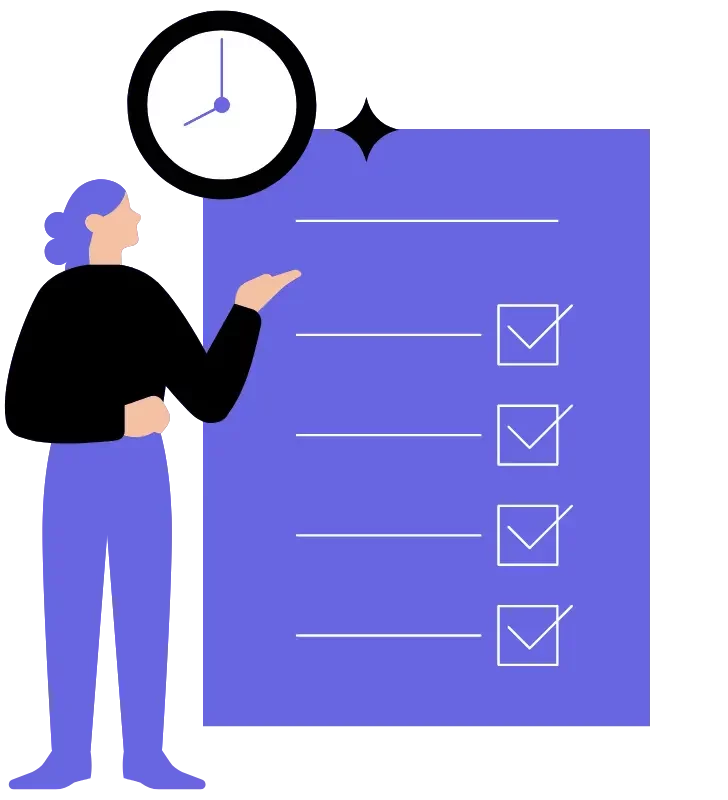
6. Creating Comprehensive Test Plans and Conducting Thorough Testing
Effective SDETs are akin to cartographers, meticulously mapping their testing journey. They craft comprehensive test plans, outlining every twist and turn in the software code. This ensures that no detail is overlooked in this symphonic adventure. A tester always appreciates finding a piece of code annotated with notes, describing in detail what it does, how it operates, and the rationale behind the introduced changes. It’s an act of courtesy to leave such informative notes for those who may come after you, or even for your future self. Few things are more frustrating than revisiting a project you personally worked on, only to find no notes or recollection of your actions.
And remember, the true test of our symphony lies in its performance! Effective SDETs conduct thorough testing, leaving no stone unturned. From unit tests to end-to-end tests, they ensure the composition is flawless, each note resonating perfectly in the ears of the user.

7. Fostering a Quality-First Mindset
Quality, the soul of our symphony! Effective SDETs are guardians of quality. They imbue the entire team with a quality-first mindset, ensuring that creating an impeccable software piece isn’t just a goal—it’s a way of life.
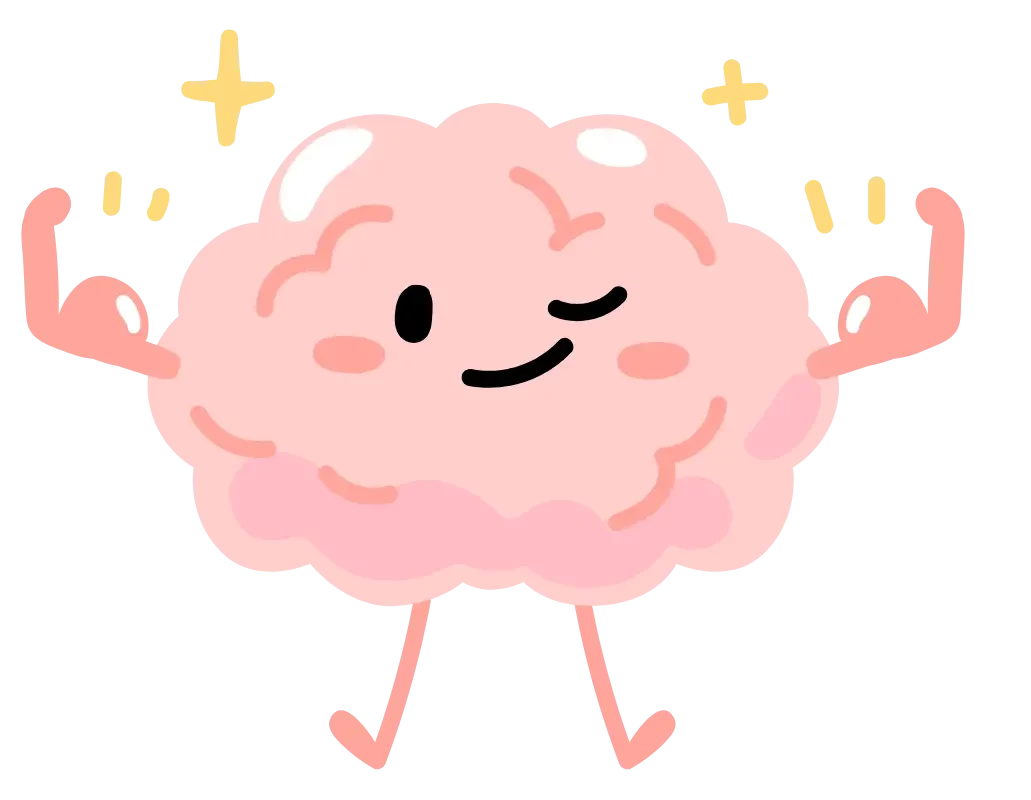
8. Adapting to Change and Feedback
Ah, the improvisation in our melody! Effective SDETs are quick to adapt to changes. They embrace feedback eagerly, fine-tuning their performance, making each iteration better than the last. They understand that software is a living, breathing entity, ever-changing and evolving.

9. Staying Updated with Industry Trends
The SDET’s radar, always scanning for the next big hit! Effective SDETs keep their fingers on the pulse of the industry. They stay updated with the latest trends, tools, and technologies, ensuring their compositions are avant-garde and resonate with the contemporary audience.
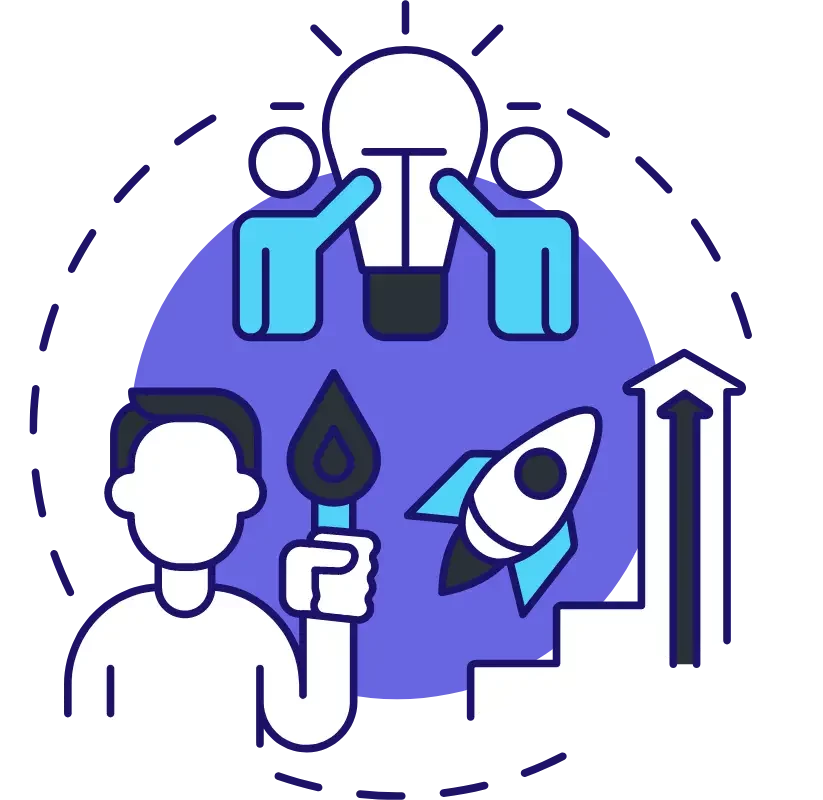
10. Networking and Building Professional Relationships
Ah, the camaraderie backstage! Effective SDETs are not lone performers; they thrive on connections. They network, build relationships, and collaborate, expanding their musical circle. In this grand orchestration, networking is the crescendo that elevates their symphony.
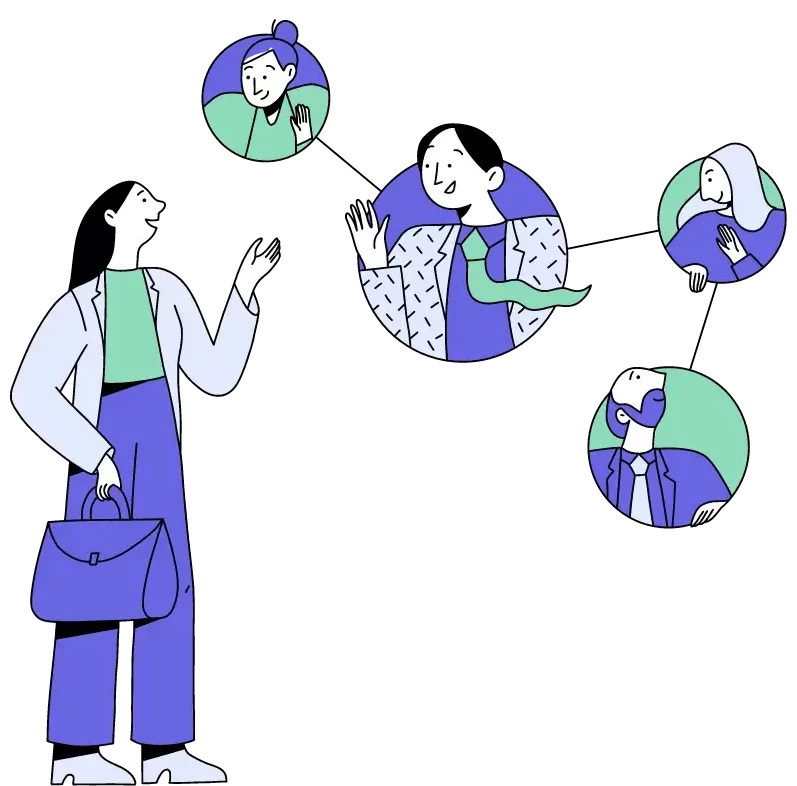
11. Demonstrating Proactive Problem-Solving
The puzzle solvers in our musical ensemble! Effective SDETs aren’t just musicians; they’re also puzzle solvers. They approach challenges with a proactive mindset, solving problems before they become a discordant note in their symphony.
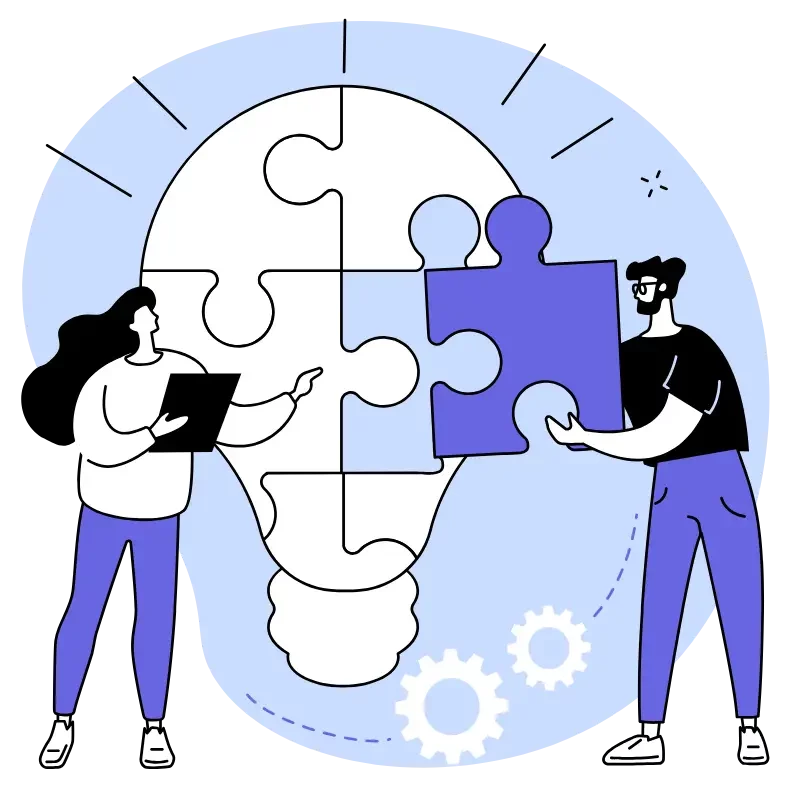
12. Practicing Self-Care and Maintaining Work-Life Balance
Ah, the intermission in our performance! Effective SDETs understand the need for self-care. They maintain a healthy work-life balance, ensuring they are always in top form for their grand performances. Just as an instrument needs care and tuning, they nurture themselves, allowing for sustained brilliance in their craft.
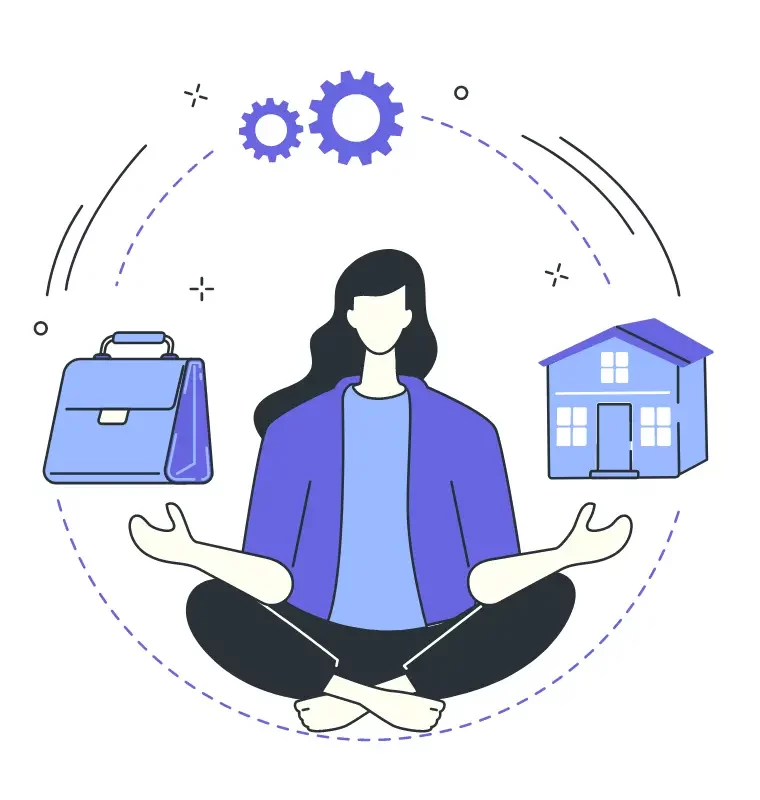
13. Contributing to a Positive Team Culture
The harmonious ambiance of our grand hall! Effective SDETs are conductors of positivity. They create an environment where each member of the ensemble feels appreciated and valued. A positive team culture is the fertile ground where a masterpiece grows.
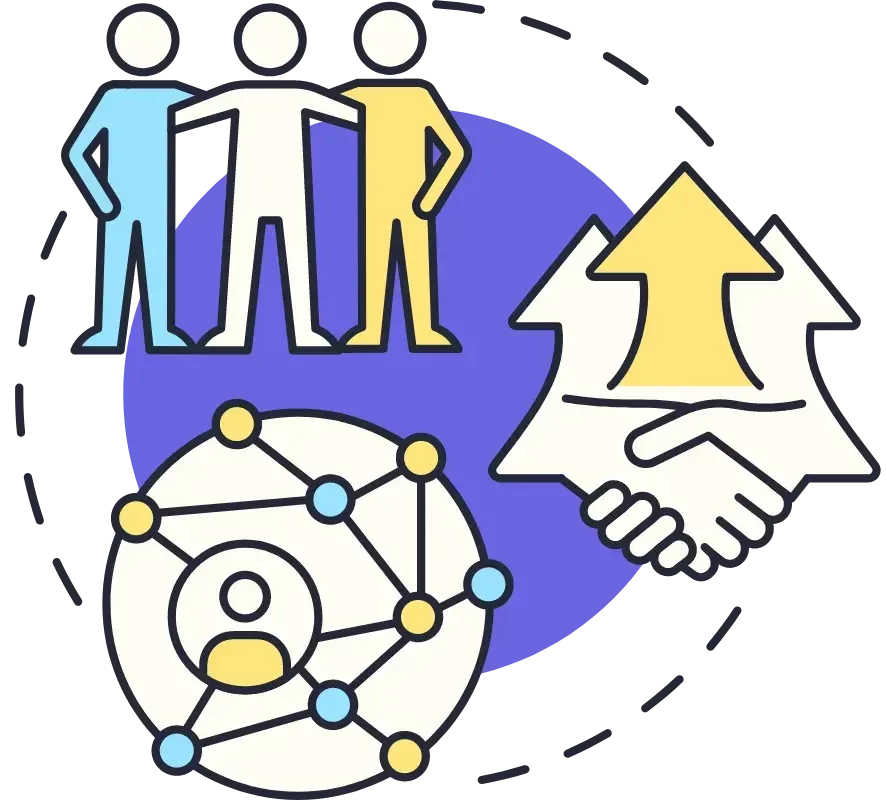
Conclusion
And there we have it! Effective SDETs are the virtuosos, the maestros, and the composers of the digital age. They follow these 13 habits diligently, creating a symphony that resonates in the hearts of users and developers alike.
In this technologically enriched era of 2023, these habits aren’t just notes; they’re the entire composition. As we conclude this symphonic journey, let’s not forget the guiding star—the platform that amplifies the learning of SDETs, Wedevx. Just as a symphony needs a conductor, an SDET’s virtuosity is refined through knowledge and guidance. Wedevx stands as the revered conductor, leading SDETs towards mastery.
